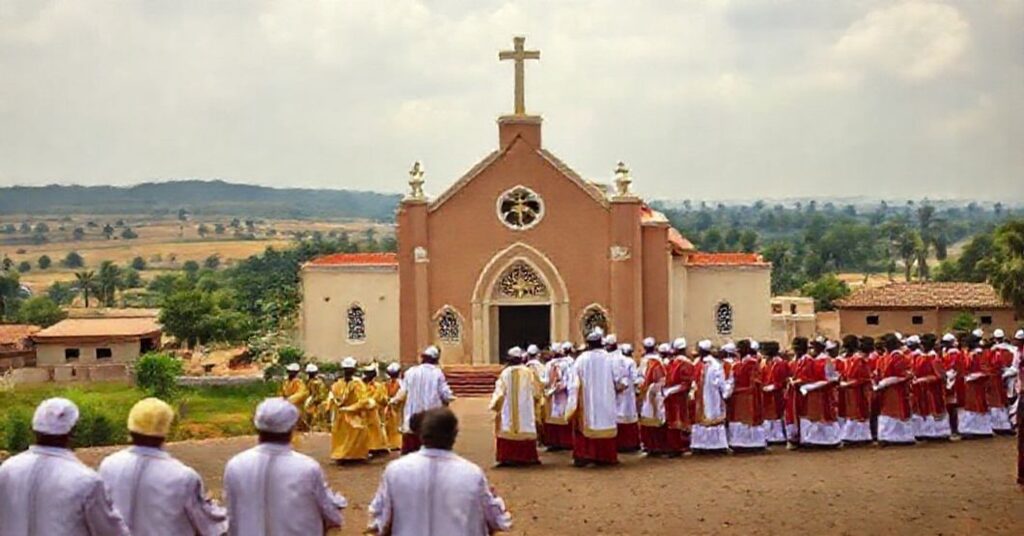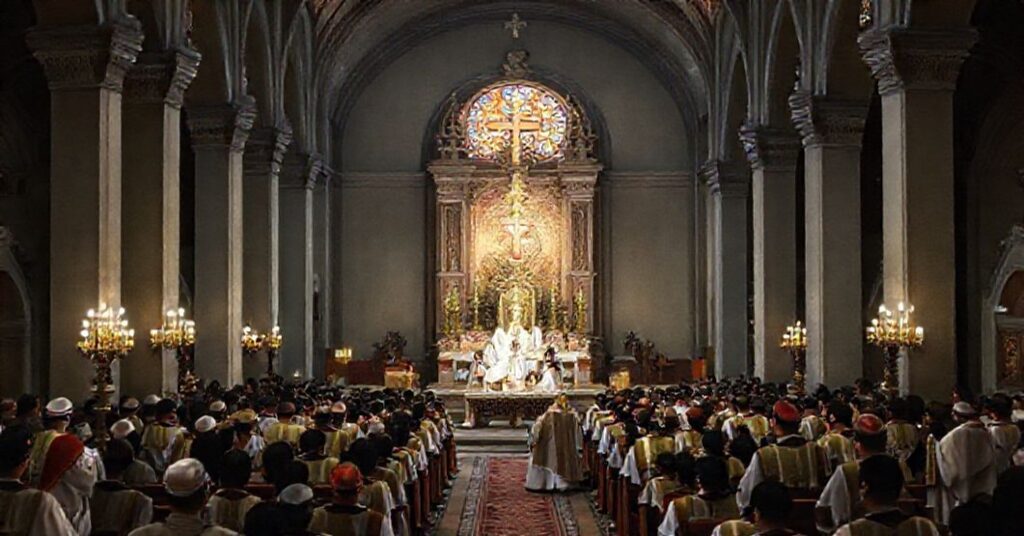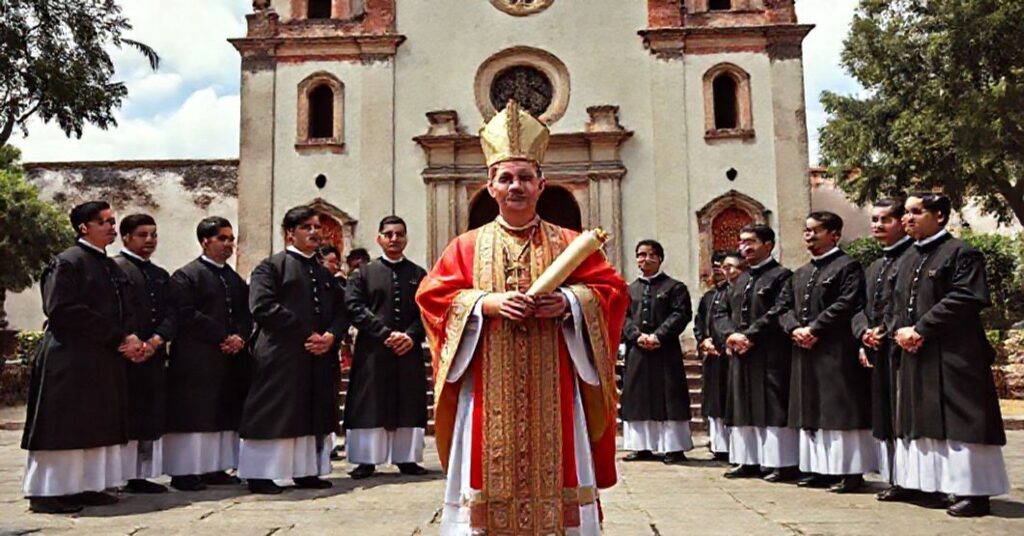KIMBERLEYENSIS ET ALIARUM (1959.04.02)
This Latin text, issued in 1959 by John XXIII under the title “CONSTITUTIO APOSTOLICA KIMBERLEYENSIS ET ALIARUM (BECHUANALANDENSIS),” rearranges ecclesiastical boundaries in Southern Africa: by detaching territories from the dioceses of Kimberley and Bulawayo and from the Apostolic Vicariate of Windhoek (entrusted respectively to Oblates of Mary Immaculate and Mariannhill missionaries), it erects a new Apostolic Prefecture of Bechuanaland, assigned to the Passionist Congregation, and vests its Ordinary with the usual canonical rights and duties; all is clothed in solemn legal formulas guaranteeing its binding force.










